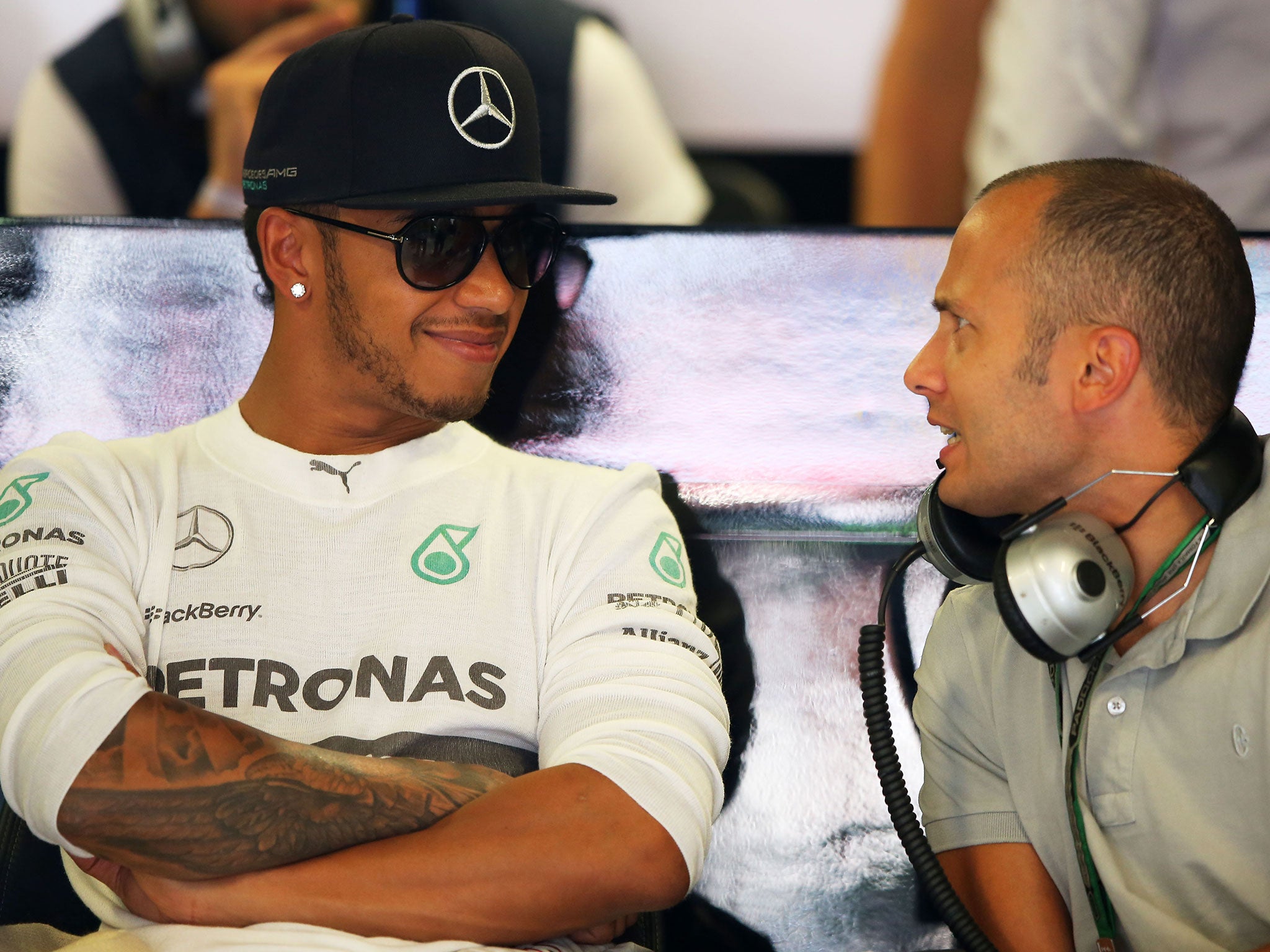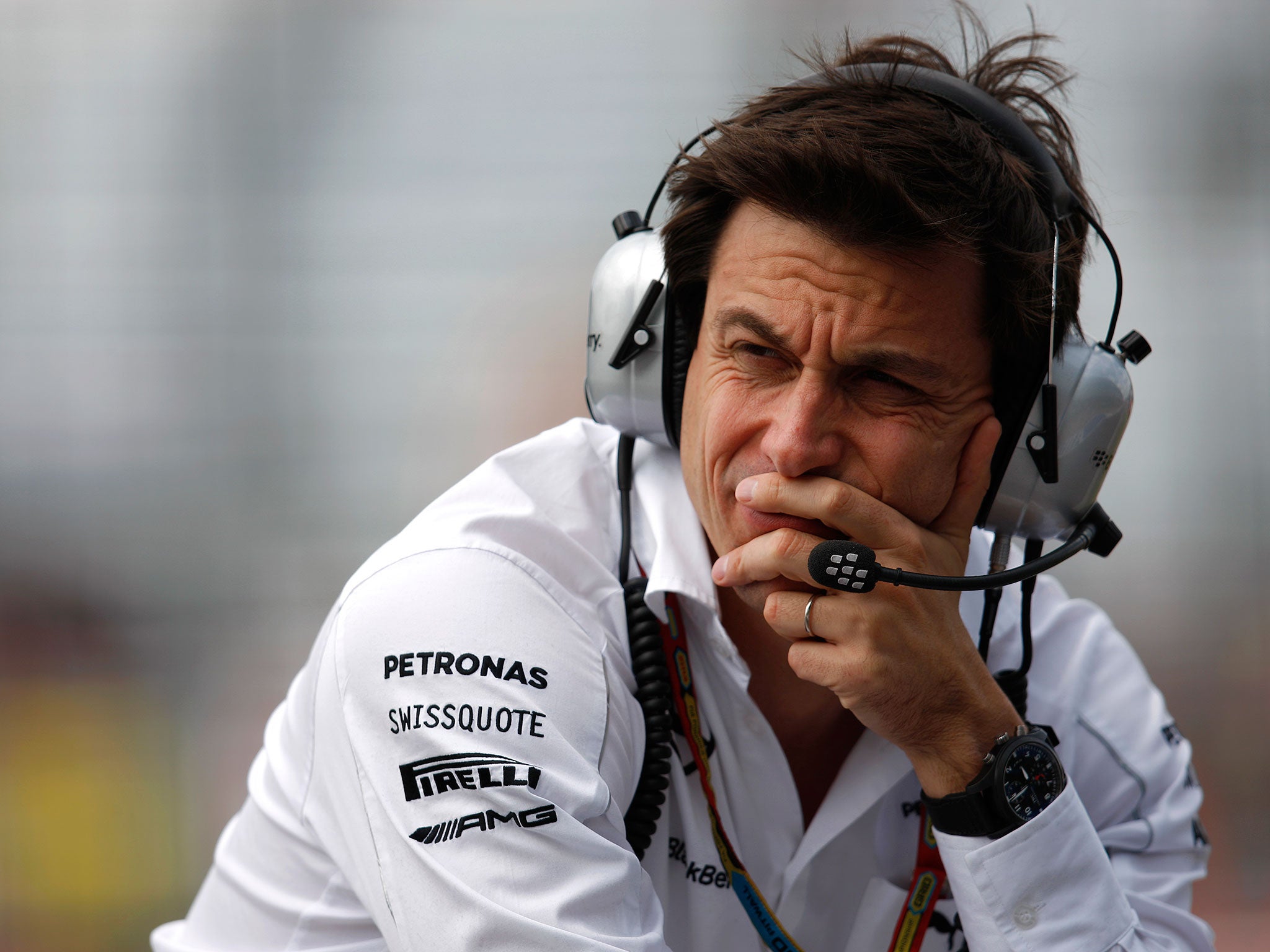F1 Singapore Grand Prix: FIA clarifies radio message allowances as Mercedes' 'it's hammer time' saying survives ban
Mercedes have used the saying to try and get their drivers to push before a pit-stop, though a number of other messages have been outlawed

Your support helps us to tell the story
From reproductive rights to climate change to Big Tech, The Independent is on the ground when the story is developing. Whether it's investigating the financials of Elon Musk's pro-Trump PAC or producing our latest documentary, 'The A Word', which shines a light on the American women fighting for reproductive rights, we know how important it is to parse out the facts from the messaging.
At such a critical moment in US history, we need reporters on the ground. Your donation allows us to keep sending journalists to speak to both sides of the story.
The Independent is trusted by Americans across the entire political spectrum. And unlike many other quality news outlets, we choose not to lock Americans out of our reporting and analysis with paywalls. We believe quality journalism should be available to everyone, paid for by those who can afford it.
Your support makes all the difference.The FIA has issued clarification with regard to the use of radio messages throughout future grands prix.
Last week the FIA declared teams and drivers must strictly abide by one of the sporting regulations that states: "The driver must drive the car alone and unaided."
Motorsport's world governing body believed information being relayed across the pit-to-car radio was making it too easy for drivers, and had gone beyond the spirit of the regulations.
It resulted in Mercedes motorsport boss Toto Wolff suggesting there would be confusion and controversy at upcoming races, with his team particularly affected given the battle between Lewis Hamilton and Nico Rosberg for this year's Formula One world title.
In a bid to clear up some of the confusion, the FIA has now made clear what will and will not be tolerated, either via the radio or pit board.
The messages to be banned include:
- Sector time detail of a competitor and where a competitor is faster or slower
- Adjustment of power unit settings
- Adjustment of gearbox settings
- Information on differential settings
- Information on fuel flow settings and level of fuel saving needed and information on brake balance.
On the formation lap ahead of a race there can be no information on clutch maps or settings, for example the bite point, or burn outs.
Teams can no longer answer a direct question from a driver, such as 'Am I using the right torque map?', nor can there be any coded messages.

From the Japanese Grand Prix onwards early next month teams will also be banned from informing drivers about tyre pressures or temperatures, and warnings as to brake wear or temperatures.
For the avoidance of doubt, the FIA has ratified what messages can be relayed, and these include:
- Acknowledgement a driver message has been heard
- Lap or sector time detail; lap time detail of a competitor
- Gaps to a competitor during a practice session or race.
With regard to tyres drivers will be informed as to punctures, tyre choice at an upcoming pit stop, number of laps a competitor has done on a set of tyres during a race and tyre specification of a competitor.
Messages such as "push hard", "push now", "you will be racing so and so" or similar are fine, whilst teams can also help by warning of traffic during a practice session or race.
Information relating to gaps between cars in qualifying so as to better position a car for a clear lap is also permissible.
Drivers can also be told of a potential problem with a competitor's car during a race, and of a competitor's likely race strategy.
Finally, warnings with regard to yellow flags, blue flags, safety car deployments or other cautions, are also allowed.
PA
Join our commenting forum
Join thought-provoking conversations, follow other Independent readers and see their replies
Comments